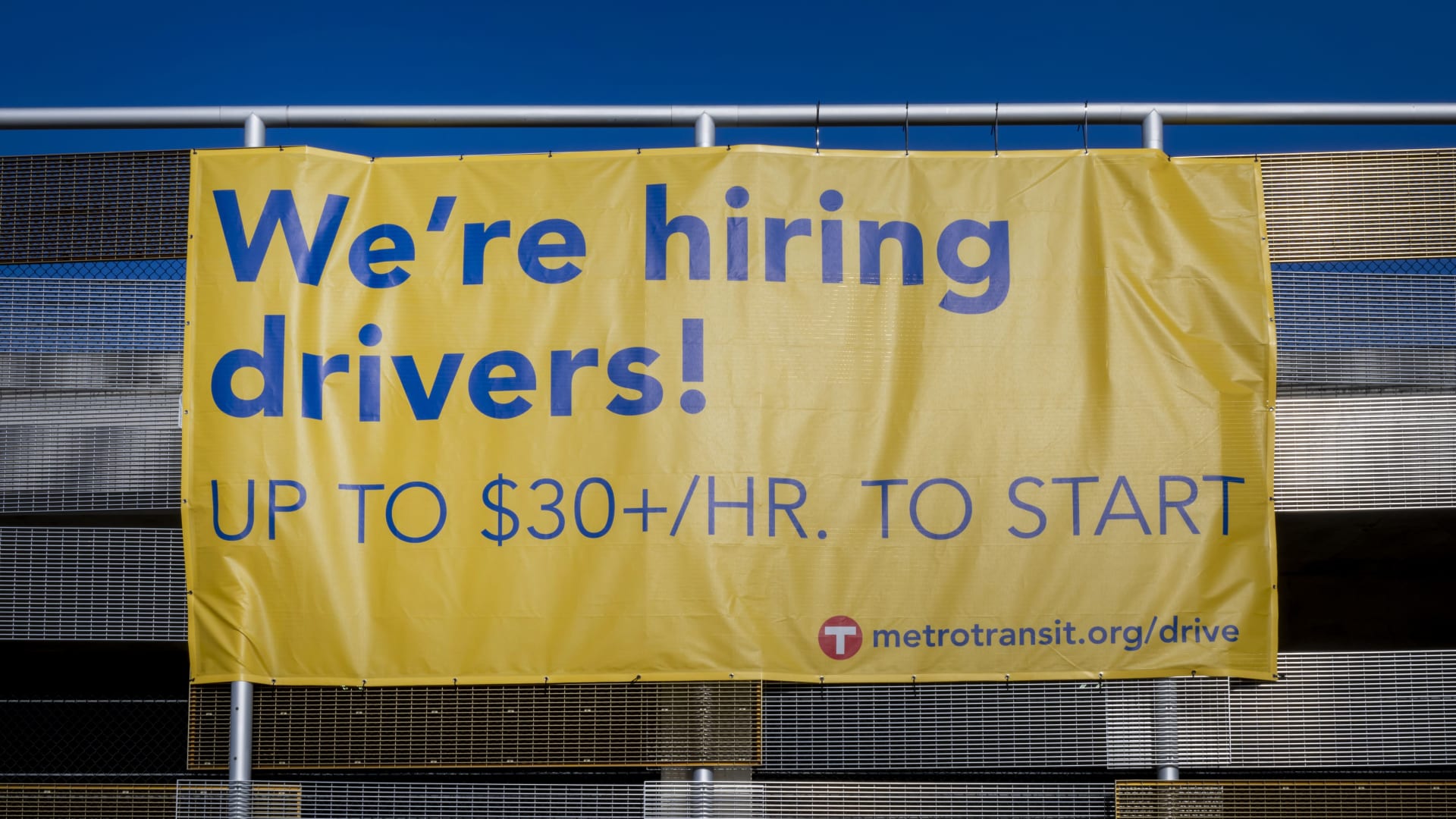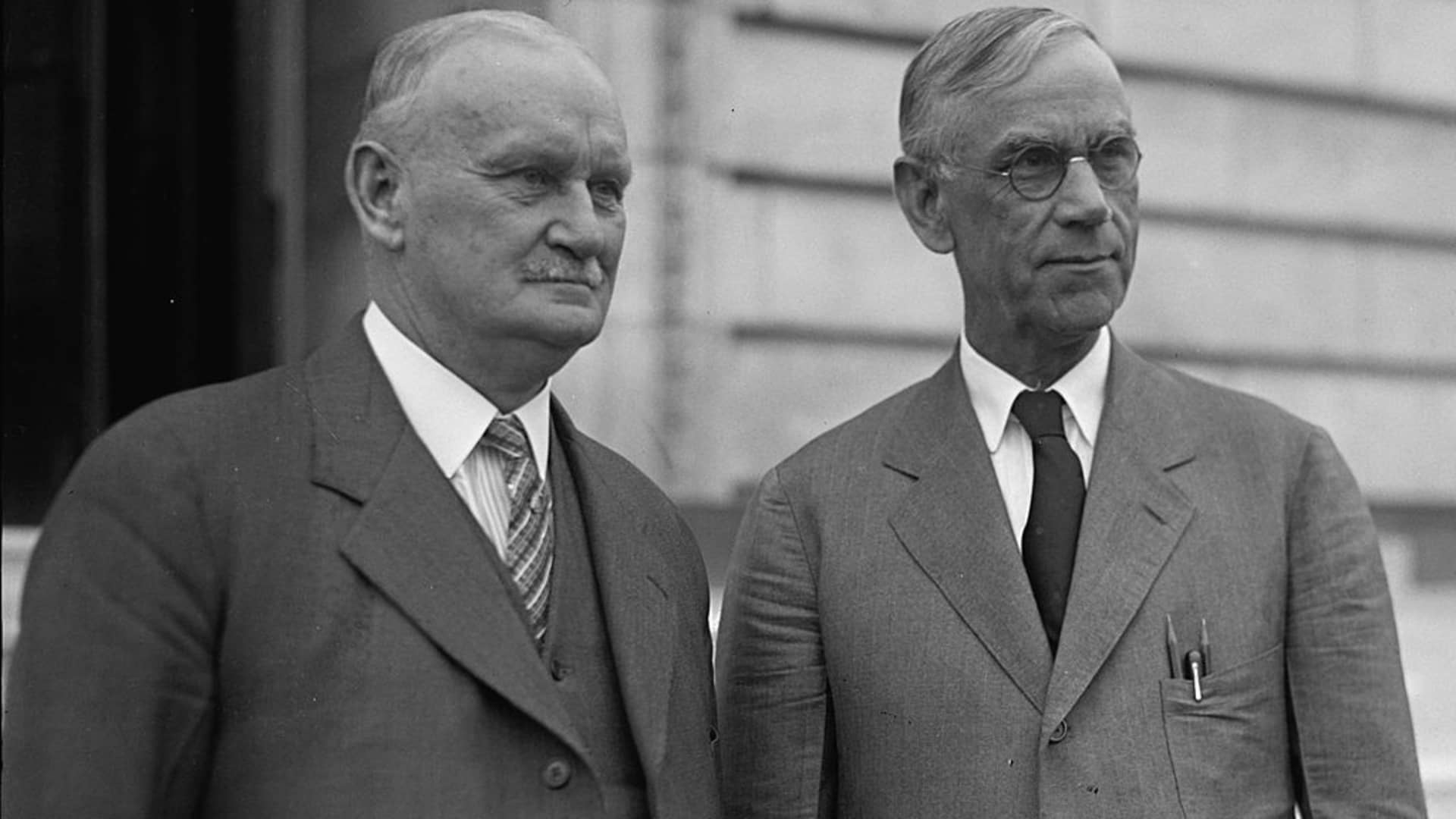January Sees Surprising Surge in Private Payrolls: Analyzing the Impacts on the Economy
In a significant turn of events, private payrolls jumped by 183,000 in January, exceeding expectations and marking a positive shift in the labor market. This unexpected growth could have far-reaching implications for the economy and the labor market. As analysts sift through the details, it’s crucial to understand what this surge means for various sectors and the overall economic landscape.
Understanding the Surge in Private Payrolls
The surge in private payrolls signifies a robust start to the year, defying many forecasts that anticipated a more tempered growth rate. Economists and market analysts had projected a rise of around 150,000 jobs in January, making this leap a remarkable surprise. The private sector’s ability to add jobs at such a pace suggests underlying strength in the economy that may not have been fully appreciated in the preceding months.
This growth can be attributed to various sectors, with significant contributions from industries such as:
- Leisure and Hospitality: As consumer demand for travel and dining experiences rebounds, this sector has shown resilience, adding a considerable number of jobs.
- Healthcare: With ongoing needs highlighted by the pandemic, healthcare continues to expand, creating positions across the board.
- Professional Services: This sector has benefitted from companies investing in talent to drive innovation and efficiency.
The Broader Economic Implications
The increase in private payrolls is not just a statistic; it represents a shift in consumer confidence and spending power. When people are employed, they have more disposable income, which tends to bolster economic activity. Here are some of the broader implications of this payroll surge:
- Consumer Spending: Increased employment typically leads to higher consumer spending, which accounts for about 70% of the U.S. economy. This surge in payrolls could translate into increased retail sales and demand for goods and services.
- Wage Growth: As businesses compete for talent, we may see upward pressure on wages. This could lead to improved living standards for many workers and further stimulate the economy.
- Investment in Growth: Companies with a solid labor force may be more inclined to invest in new projects, technologies, and expansions, driving innovation and improving productivity.
Potential Risks and Considerations
While the January surge in private payrolls is encouraging, it’s essential to approach this growth with a balanced perspective. There are potential risks and challenges that could temper this optimism:
- Inflationary Pressures: A tight labor market can lead to wage inflation, which, if unchecked, may contribute to overall inflation. The Federal Reserve will be closely monitoring these trends to adjust monetary policy as necessary.
- Supply Chain Issues: Continued disruptions in global supply chains could impact businesses’ ability to meet increased demand, thus affecting employment in the long run.
- Geopolitical Factors: Ongoing geopolitical tensions and their economic ramifications can create uncertainty, affecting business investment and consumer confidence.
What This Means for Job Seekers
For job seekers, the surprising surge in private payrolls in January presents a favorable environment. With more jobs available, individuals may find better opportunities and potentially negotiate for higher wages. Here are a few takeaways for those looking to enter or transition within the job market:
- Increased Opportunities: With many sectors hiring, job seekers may have access to a broader range of positions.
- Skill Development: As companies invest in talent, there may be more emphasis on training and development, allowing workers to enhance their skills and advance their careers.
- Networking: The rise in hiring can also provide more opportunities for networking within industries, leading to potential career advancements.
Looking Ahead: Economic Forecasts and Labor Trends
The January job growth raises questions about future economic trends and labor market dynamics. Economists are now adjusting their forecasts based on this data. Here’s what to keep an eye on:
- Continued Job Growth: If this trend continues, we may see a significant reduction in unemployment rates, which currently sit at historically low levels.
- Sector-Specific Growth: Certain industries may experience faster growth than others, particularly those that adapt quickly to the changing consumer landscape.
- Monetary Policy Adjustments: The Federal Reserve may need to recalibrate its approach to interest rates and inflation controls in light of these labor market trends.
Conclusion: A Positive Step Forward
The surprising surge in private payrolls in January is a promising indicator of economic resilience and recovery. While challenges remain, the data suggests that the labor market is on a positive trajectory, which can lead to broader economic benefits. Stakeholders from job seekers to business leaders will need to stay informed and adaptable as the landscape evolves. The ability to harness this momentum could shape economic policies and personal strategies for years to come.
In summary, January’s unexpected growth in private payrolls not only highlights the strength of the labor market but also serves as a beacon of hope for a thriving economy. As we move forward, keeping a close eye on these developments will be crucial for understanding the path ahead.
See more CCTV News Daily


